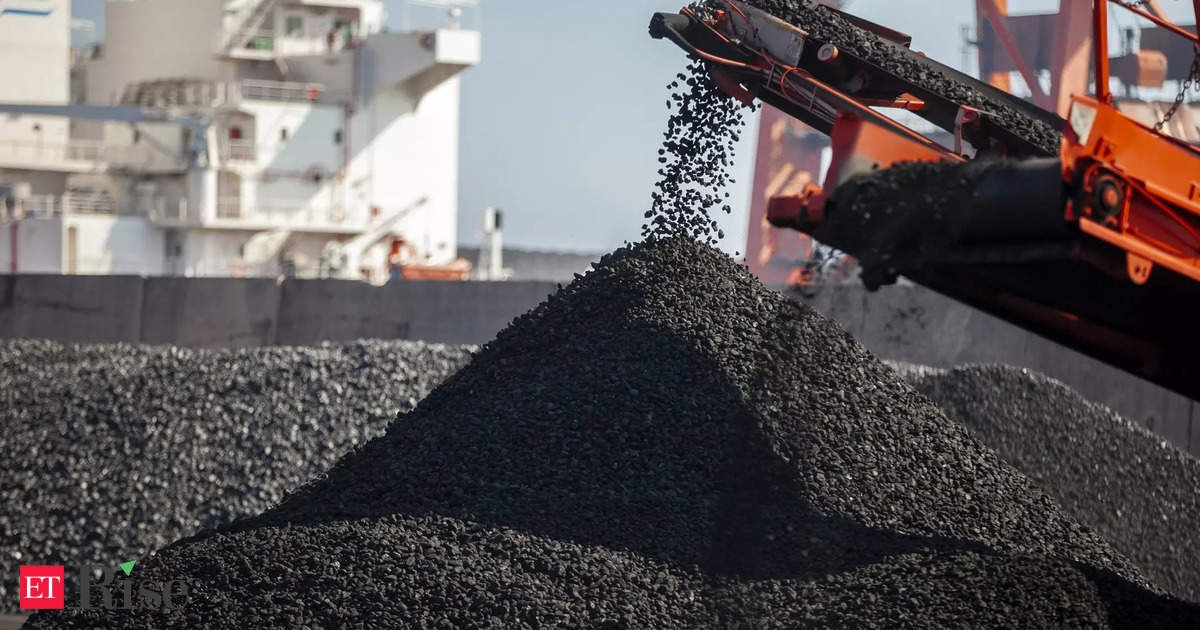 Bloomberg
BloombergXinjiang’s rise up the rankings is jarring because China may be at or near its carbon peak, and cementing that shift relies heavily on using less coal. Although President Xi Jinping has vowed to start reducing nationwide consumption from 2026, several companies have announced new projects in recent months to take advantage of the region’s cheap and plentiful supply. That could undermine plans to rein in demand. The problem historically for miners was Xinjiang’s location, thousands of kilometres from the eastern mega-cities that have traditionally consumed the most coal. But over the past decade, energy-thirsty endeavours like aluminium smelting and the production of polysilicon, used in solar panels, have shifted westward to take advantage of cheap coal and renewables.
About 80% of Xinjiang’s coal is used locally, with the rest exported to nearby provinces like Qinghai, Gansu and Ningxia, Citigroup’s analysts including Jack Shang said in a note earlier this week.
New developments in Xinjiang include plans announced in October by China Three Gorges Renewables Group Co. for six 660-megawatt coal generators to provide backup power to a massive renewables base in the south of the region. China Energy Investment Corp. also said last month it intends to spend 170 billion yuan on an integrated plant in the northwest to convert coal into oil products, a particularly intense source of emissions.
China is by far the world’s biggest producer and consumer of coal, and its other major mining hubs include Shanxi and Inner Mongolia, which each contribute over 1 billion tons a year, and Shaanxi, where output has increased to over 700 million tons.
On the wire
Even before President-elect Donald Trump enters the White House, factories and exporters are busy preparing for long-promised tariffs.
President-elect Donald Trump’s pick for the top trade position sees China as a “generational challenge” to the US and has advocated for a strategic decoupling from the country.
China is continuing to buy US soybeans, confounding some traders who had expected the flow of shipments to slow down ahead of a potential trade war between both countries.

